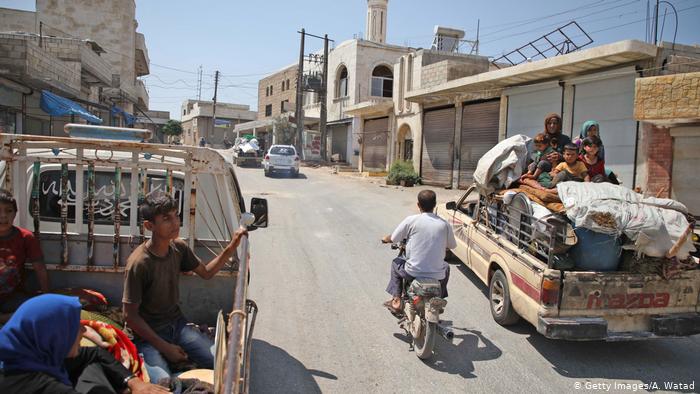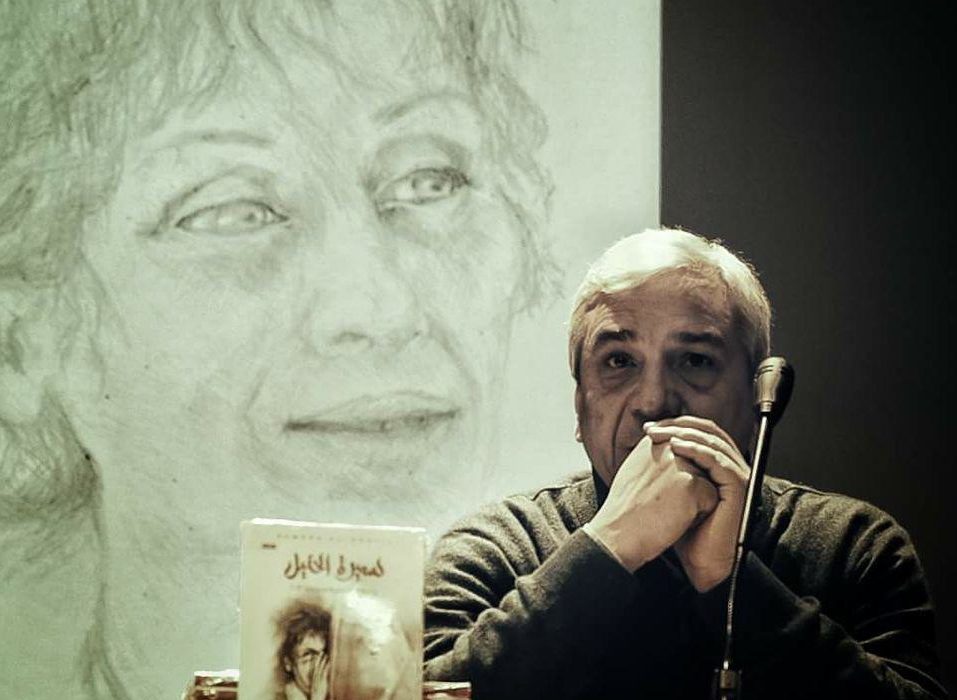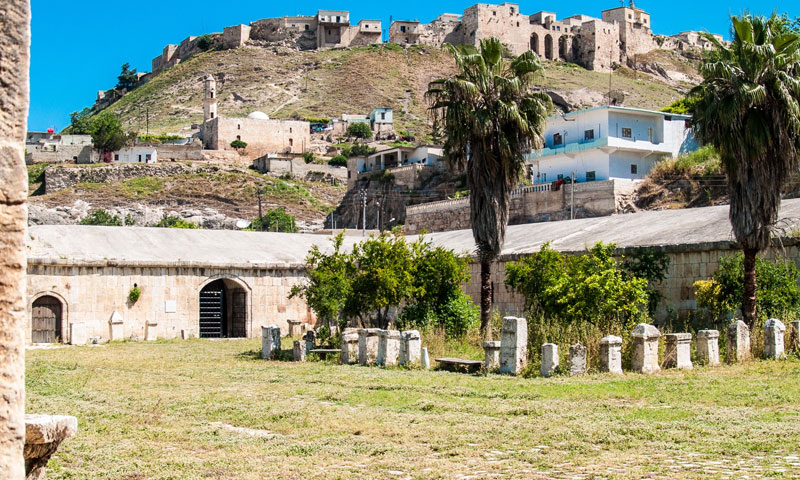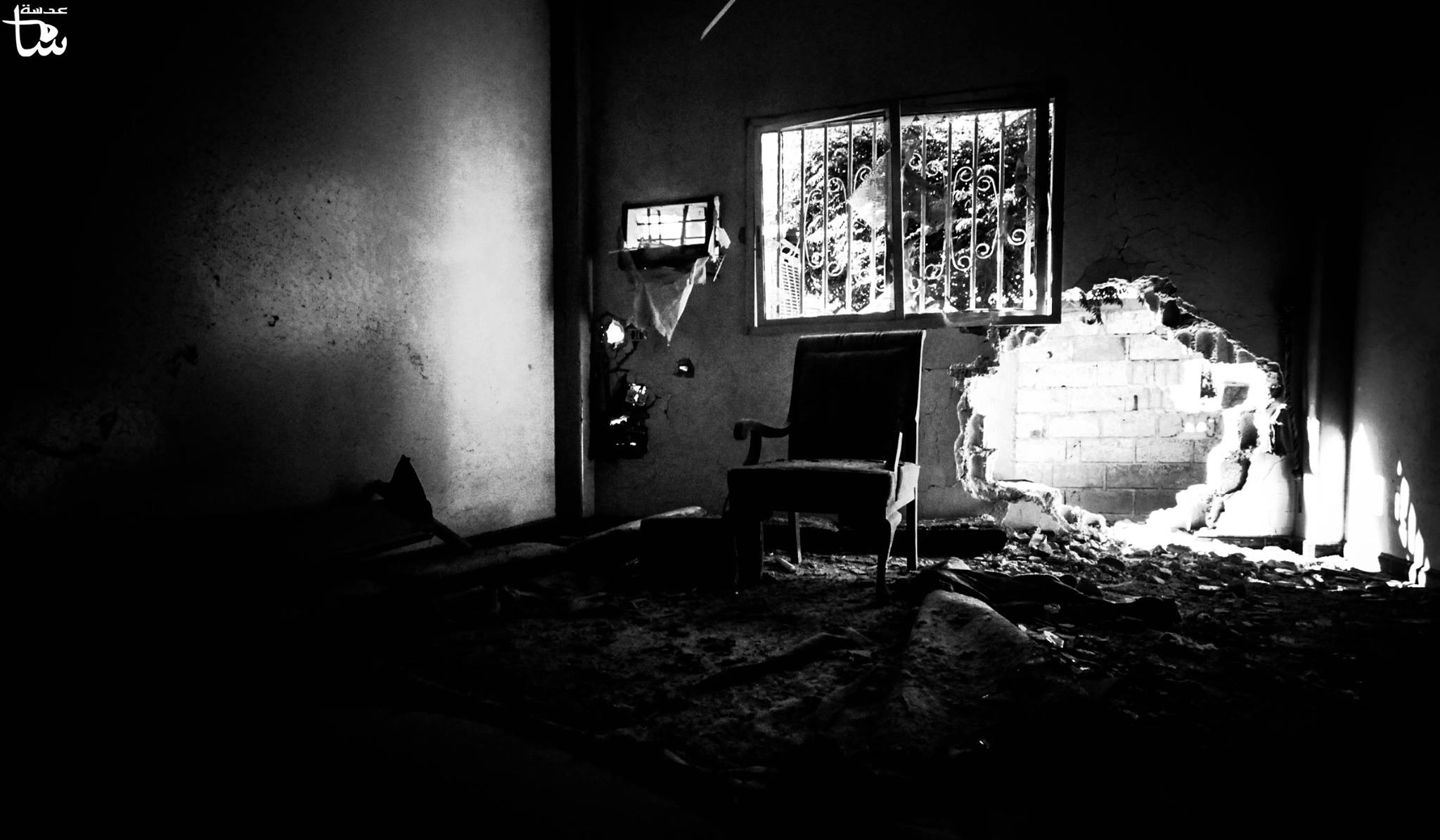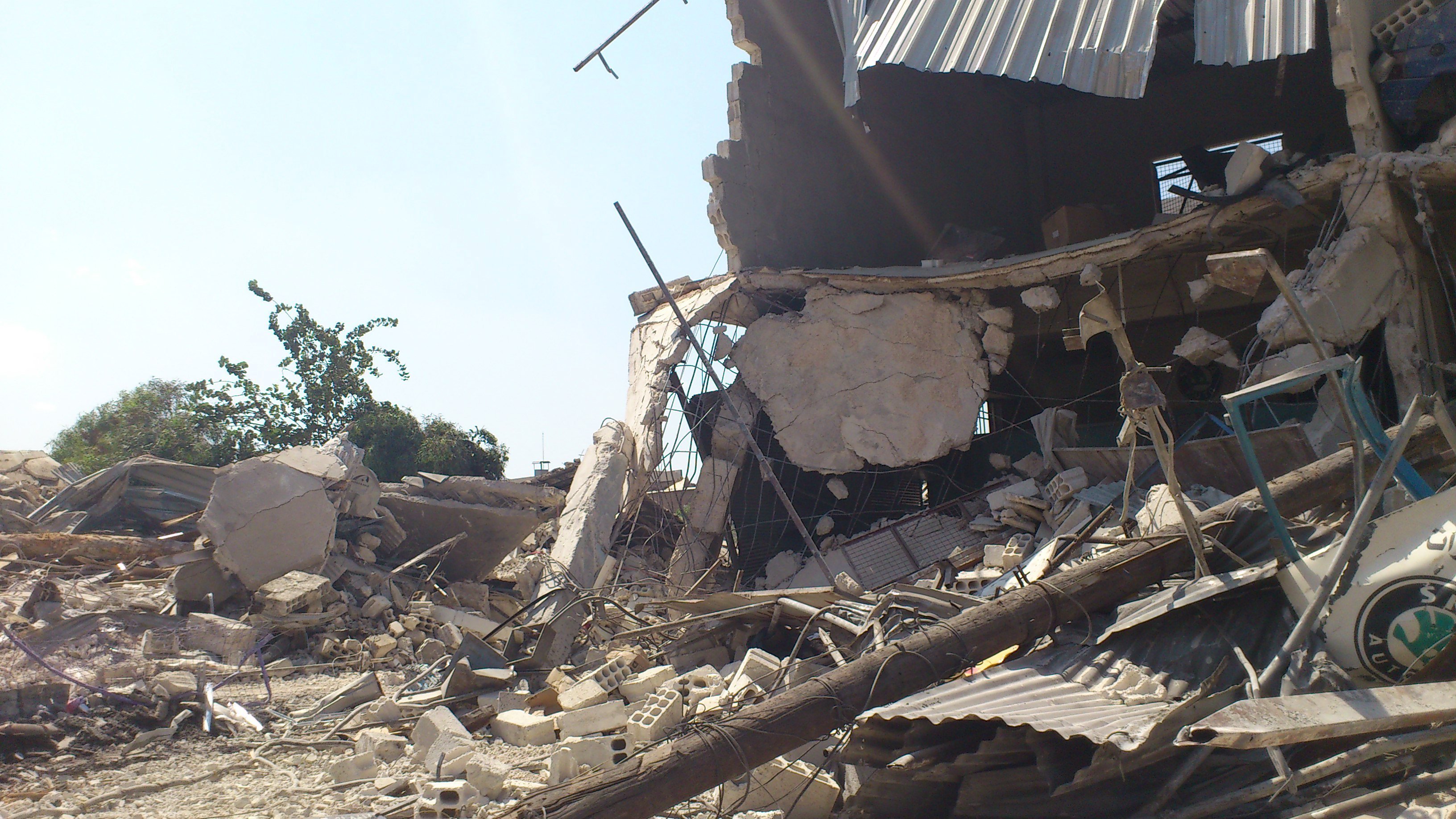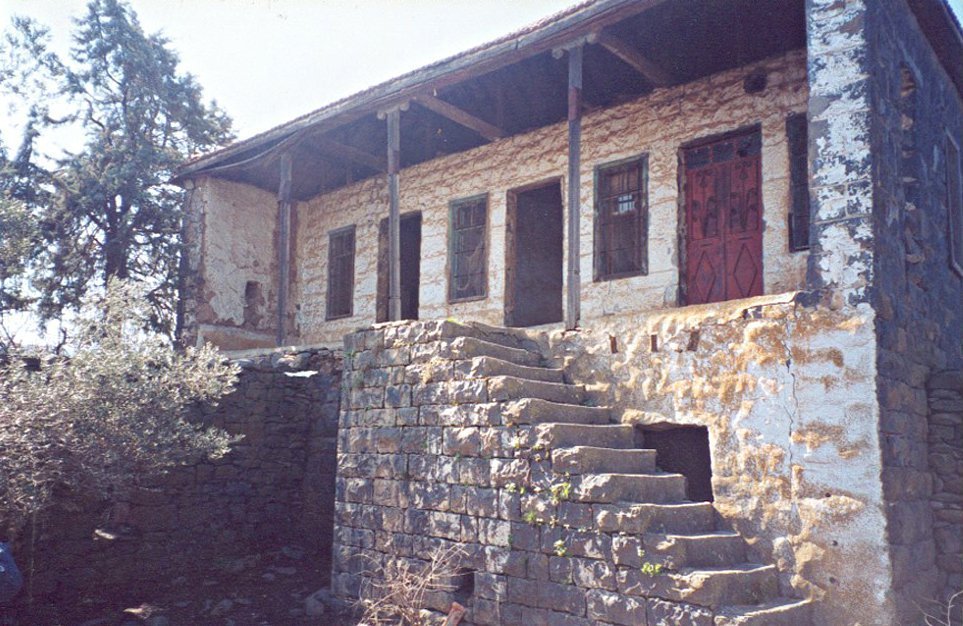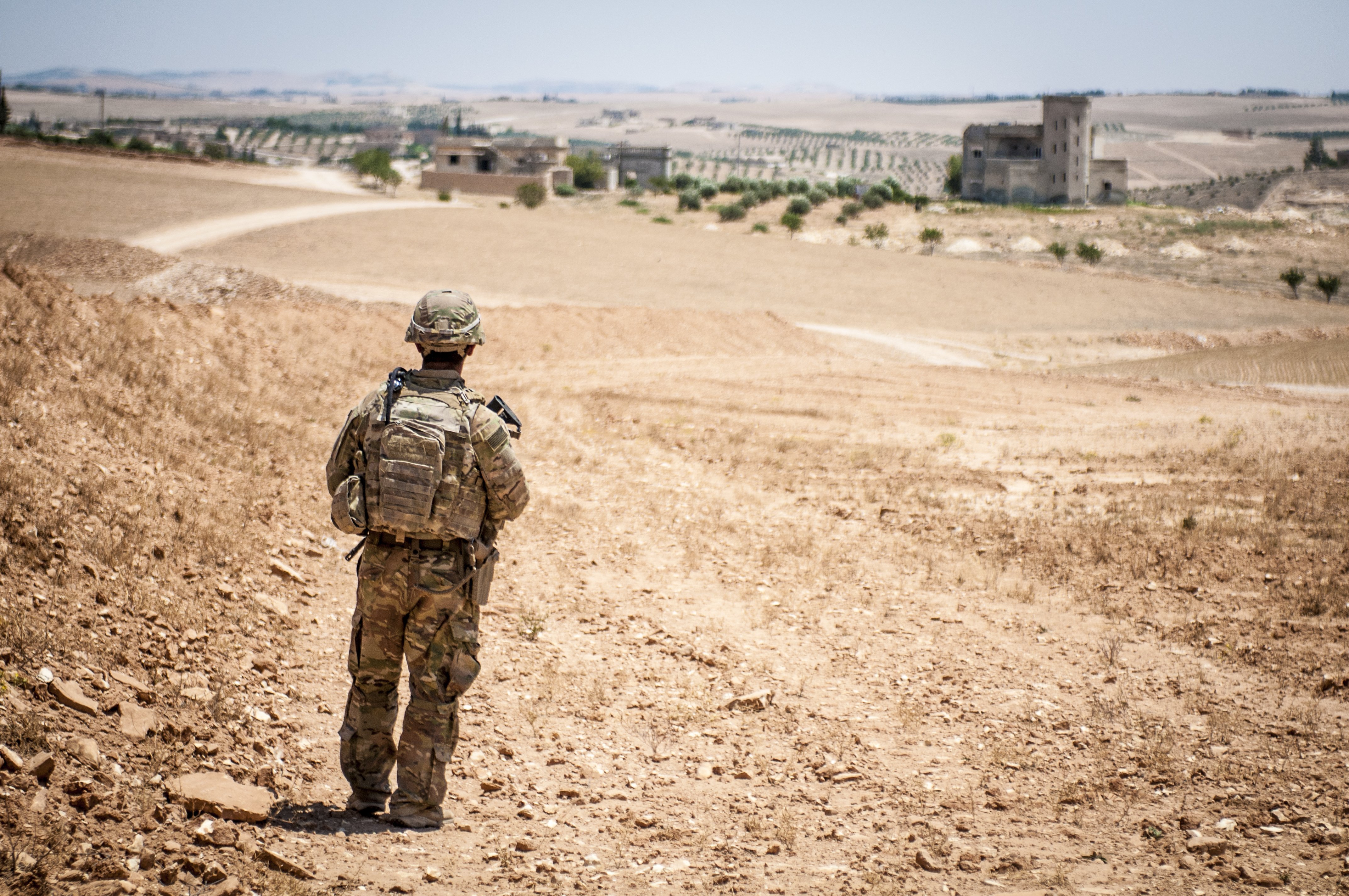The United States’ October 6 decision to withdraw troops from the autonomous Northeast region of Syria that borders Turkey sets the stage for an expected Turkish military operation that could fundamentally reshape the region and upend the current fragile but relatively stable peace. If the Turkish incursion leads to all-out armed conflict, tens if not hundreds of thousands could be uprooted, and civilian casualties are all but certain. Turkey’s previous military actions in Northern Syria show how the situation might unfold post-conflict with potentially serious consequences for the Aleppo Governorate. While this post focuses on only the areas within the Aleppo Governorate, the entire SDF (Syrian Democratic Forces)-administered region could face consequences to which this post alludes.
read moreThe Aleppo Project
Humanitarian Catastrophe: Hundreds of Thousands Displaced as Shelling Escalates in Southern Idlib Countryside
by Mahmoud Barakat on September 13, 2019During the past few weeks, regime forces targeted several towns in the northern countryside of Hama and the southern countryside of Idlib, which led to a large wave of displacement towards the northern countryside near the Syrian-Turkish border. This threatens a humanitarian catastrophe due to the increase in the number of displaced people, especially after the regime took over Khan Sheikhoun.
read moreEverywhere but Nowhere: Yassin Al-Haj Saleh’s Understanding of Exiles
by ElSayed ElSehamy on September 4, 2019Apamea Museum: Displaced Neighbours and Bleeding Heritage
by Mahmoud Barakat on August 27, 2019It is not just a building, or a compilation of stones and cracked pieces, it is an important and historical archaeological site in frequent and multilateral danger. Despite the threats it faces, the site is witness to a community devoted to protecting their heritage time after time again. The museum is located in the town of Qalaat al-Madiq, in the northwestern part of Hama governorate. It is around 65 km away from the governorate center. It contains many artifacts and mosaic paintings discovered in Apamea and its vicinity, dating back to different eras, most notably the Roman and Hellenistic.
After the beginning of the conflict in Syria and its intensification in mid 2012, many specialists and volunteers initiated protection works to help maintain the museum and several other buildings throughout the region. Such places included the Museum of Maarrat al-Numan and other archaeological sites like al-Bara and Sergila. The voluntary initiative to maintain and oversee these locations was due to the importance of the collections, work that required skills only specialists in the field could provide. At the beginning of May 2019, military clashes escalated in the northern Hama countryside, prompting me to inquire about the situation of Apamea Museum due to its proximity to the fighting. The work of the volunteers was woven into the stones and walls of the museum in which they worked, each restoration or repair leaving a new mark on the long history of the structure. Over the past few years, It was an honor to achieve some modest works for the museum as part of archeological protection initiative. The work was about providing basic protection of the artifacts, in addition to restoration and assessment of damage to the building and its contents. Throughout the work, I have seen and closely examined the great efforts made by local organizations. They are aware of these sites and the important need to protect them.
read moreSocioeconomic Impact of Displacement Waves in Northern Syria
by Jelnar Ahmad, IMPACT on August 2, 2019Executive Summary:
Eight years after peaceful protests started in Syria, approximately half of the country’s population have had to flee from violence. An estimated 6.2 million people are internally displaced, with over 1.6 million population movements recorded between January and December 2018 alone. Meanwhile Syria remains fragmented under multiple areas of control. This has a direct effect on the daily lives of local communities, which often varies across specific sub-regions and towns.
Against this backdrop, this report represents a case study on the effects of mass displacement and change of control on host communities and Internally Displaced Persons (IDPs) living in host communities in northern Syria. More specifically, the report focuses on the local situation in five main locations: Azaz, Albab and Afrin district (Afrin, Rajo and Jenderes). The findings of this case study indicate that a clear distinction can be made between the situation in the towns of Albab and Azaz on the one hand, and the situation in Afrin district (Afrin, Jenderes and Rajo) on the other. Albab and Azaz have been under de facto Turkish control since the latter conducted operation “Euphrates Shield” that was concluded in early 2017, and are gradually enjoying a relative degree of stability. Residents (both locals and IDPs) are however still faced with harsh financial conditions and limited access to services.
read moreSyria’s Urbicide: The Built Environment as a Means to Consolidate Homogeneity
by Sawsan Abou Zainedin and Hani Fakhani on July 26, 2019Executive Summary
The Syrian regime has been significantly tampering with the built environment in Syria over the past
years in order to realise and sustain political achievements. This paper explores this dimension of the
Syrian conflict through the lens of urbicide.
Law No. 10: Property Rights Violations in Syria Against Sustainable Solutions for Returnees
by Isabel J. on July 3, 2019EXECUTIVE SUMMARY
Recent reports of Syrian refugees returning to their home country after several years of civil war raise important issues, one of which being the status of their properties in the country. A recently enacted law called Law No. 10 of 2018 – ostensibly part of benign reconstruction legislation – has proven to be problematic for the millions of Syrians who are refugees, internally displaced or living abroad. This is happening on a scale that affects conflict settlement and the emerging post-war social order, as it shapes the framework for reconstruction and reintegration into the economy and social life. Although several articles have addressed the potential problems raised by this law, there are no analyses that explicitly tackle Law no. 10 from a rule-of-law perspective.
read moreThe Circassian Heritage in Syria within the Context of Multiple Displacements
by Dima Meiqari on June 19, 2019EXECUTIVE SUMMARY
The Circassians are an ethnic group originally native to the Northwest Caucasus region until they were driven out of their land by Russian conquest in the late 19th century, after which the Circassians resettled in agricultural communities in parts of the Ottoman Empire. In Syria, their communities were concentrated in the Golan Heights in the south-western parts of Syria, including Quneitra city and several surrounding villages. For many decades, the Circassians revived their heritage and lifestyle and became the largest ethnic minority group in southern Syria. In 1967, following the Six-Day War, the Circassians were yet again forcibly expelled from their homes; the Israeli Army bulldozed many villages and Quneitra city was never rebuilt, even after its return to Syrian control following the October 1973 war. Circassians became internally displaced people in Damascus or left abroad mainly to the United States following an offer by the United States government to move them to Paterson, New Jersey throughout the 1970s and 1980s.
read moreThe Larger Battle for Aleppo: The Removal of US Troops From Syria and the Struggle for Provincial Aleppo
by Connor Kusilek on June 6, 2019EXECUTIVE SUMMARY
Aleppo city has fallen. The Assad Regime has re-imposed its authority over eastern Aleppo.
However, the relevancy of the Aleppo Governorate is no less diminished. As the war enters
its eighth year, the majority of fighting has shifted north where the many actors have gathered
to determine the fate of their claimed territories. Under the control of various militaries,
both foreign and domestic, the nearly six million inhabitants of the region are left with little
control over who governs them and how.
Is Marota City the Type of Reconstruction Syrians Need?
by Edwar Hanna and Nour Harastani on May 14, 2019EXECUTIVE SUMMARY
Marota City is a new construction project that was launched by the Syrian government in Damascus in 2012. This project is presented as part of a more modern, aspirational ‘master plan’ for urban development to move away from the traditional patterns of informality in housing that had developed over generations. This paper elaborates on the issue of Housing, Land and Property rights (HLP) in the conflict and post conflict periods in Syria, particularly concerning reconstruction and informal settlements. As reconstruction policies tend to ignore informal ownership systems and are based on proving ownership through documentary evidence only, millions of people are losing their rights to a just, sustainable and inclusive reconstruction process.
read more The Aleppo Project
The Aleppo Project
